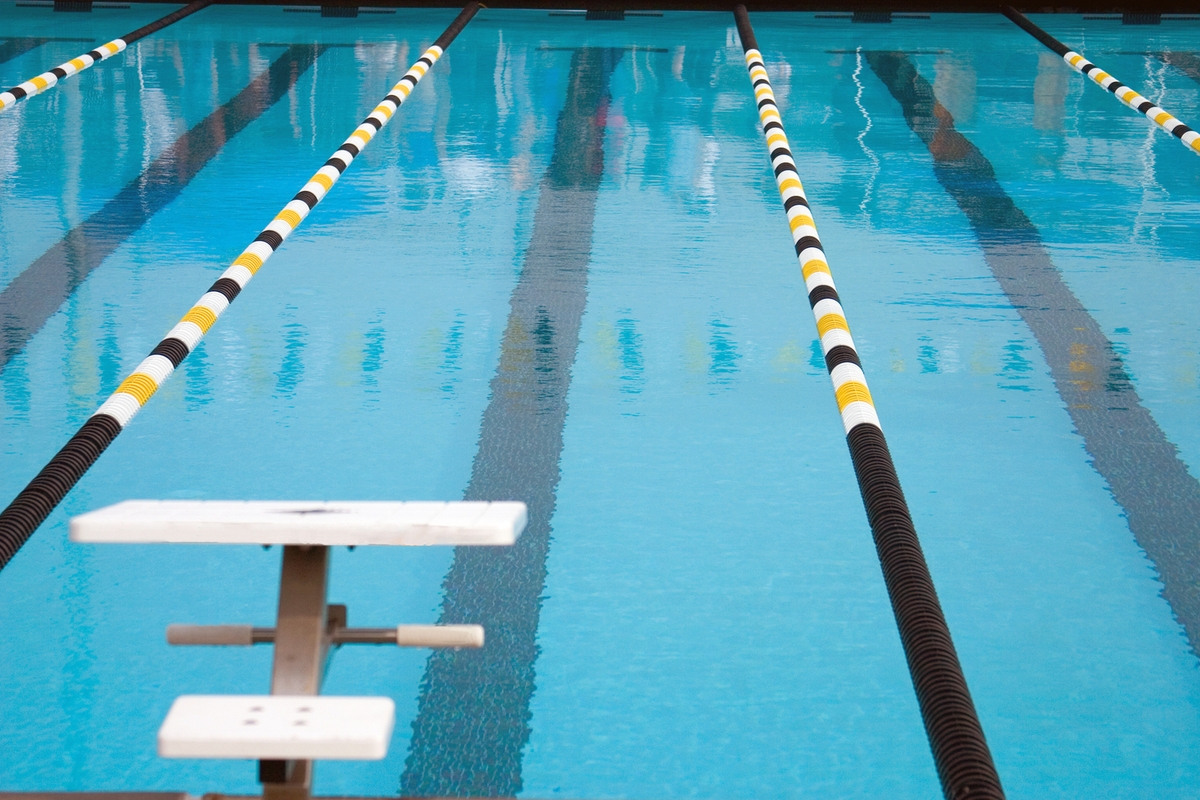Exploring the Factors Influencing Pool Size Pricing
The dream of owning a pool is cherished by many homeowners. Apart from providing a personal oasis for relaxation, pools enhance property value and provide an aesthetic boost to any home. However, understanding the costs associated with installing and maintaining a pool is crucial before diving into this endeavor. This article delves into the various factors that influence pool size pricing, providing homeowners with a comprehensive understanding to make well-informed decisions.

1. Initial Installation Costs
Material Choices:
The material used in pool construction significantly affects the cost. Common materials include:
– Concrete: Offers durability and customization but is the most expensive option. It allows for unique shapes and designs.
– Fiberglass: Generally more affordable than concrete, fiberglass pools come pre-formed and are quicker to install.
– Vinyl: The most budget-friendly option, vinyl liners offer various patterns but may need replacement every 5-10 years.
Pool Size and Shape:
Larger pools require more materials and labor, leading to higher costs. Unique shapes or custom designs also add to the price since they require specialized construction techniques.
Excavation and Location:
The cost of excavation can vary depending on soil type, yard accessibility, and the complexity of the site. For example, rocky or hilly terrain often demands more intensive labor and machinery, increasing costs.
Additional Features:
Incorporating features like waterfalls, diving boards, slides, and lighting enhances the pool’s visual appeal and functionality but at an added cost.
2. Permits and Regulations
Most municipalities require permits for pool construction. The cost of these permits varies by location and can influence the overall project budget. Complying with local building codes and safety regulations is essential, and sometimes this entails additional expenses for fencing, alarms, or covers.
3. Long-term Maintenance and Operation Costs
Water Maintenance:
Maintaining water quality is crucial for a safe and enjoyable swimming experience. This involves:
– Chemicals: Regular use of chlorine, pH balancers, and algaecides to maintain water clarity and prevent bacterial growth.
– Automated Systems: Investing in automated chlorinators or saltwater systems can add to initial costs but may reduce long-term expenses and maintenance effort.
Energy Costs:
Owning a pool demands energy for heating, filtration, and cleaning systems. Energy-efficient pumps and heaters, while costlier upfront, can lower monthly operational costs.
Repairs and Replacements:
Over time, pools will require repairs, whether it’s the replacement of a vinyl liner, refurbishing a concrete surface, or fixing plumbing issues. Regular inspections help anticipate and plan for these expenses.
4. Cost of Enhancements and Upgrades
Landscaping:
A pool alone may not suffice for everyone’s outdoor living aspirations. Many homeowners choose to enhance their pool space with lush landscaping, patios, or decking, thereby increasing the overall cost.
Safety Features:
In addition to standard regulatory requirements, some homeowners opt for additional safety features such as pool covers, childproof fencing, and advanced alarm systems for added peace of mind.
Technological Upgrades:
Smart pool technologies, such as automated cleaning systems, IoT-based monitoring systems, and app-controlled lighting and water features, can significantly add to the initial cost but offer convenience and potentially lower maintenance costs over time.
5. Seasonal and Geographic Variations
Climate Influence:
Climate plays a role in determining the pool’s construction and maintenance costs. In colder regions, pools might need robust heating systems and winterization, which adds to the expense. Conversely, in warmer climates, ensuring adequate cooling and efficient filtration becomes essential.
Seasonal Demand:
The cost of pool construction can fluctuate based on seasonal demand. Off-season installations might come with discounts, while peak season work might be costlier due to higher demand for labor and materials.
Regional Economics:
Local economic conditions, such as labor costs and availability, material costs, and local contractor fees, can affect pricing. Areas with a higher cost of living or stricter regulations may see higher overall costs.
Understanding the myriad of factors that influence pool size pricing helps homeowners anticipate and budget for their investment. From initial materials and installation to ongoing maintenance, additional features, and regional factors, the cost components are varied and complex. A thorough assessment and realistic budgeting can help ensure that the dream of having a personal pool becomes a practical and enjoyable reality.
When planning for a pool, consulting with professional contractors and obtaining multiple quotes can provide a clearer picture of the anticipated expenses. Moreover, having a well-structured maintenance plan will help in managing long-term costs and ensures that the pool remains in optimal condition, providing enjoyment for years to come.